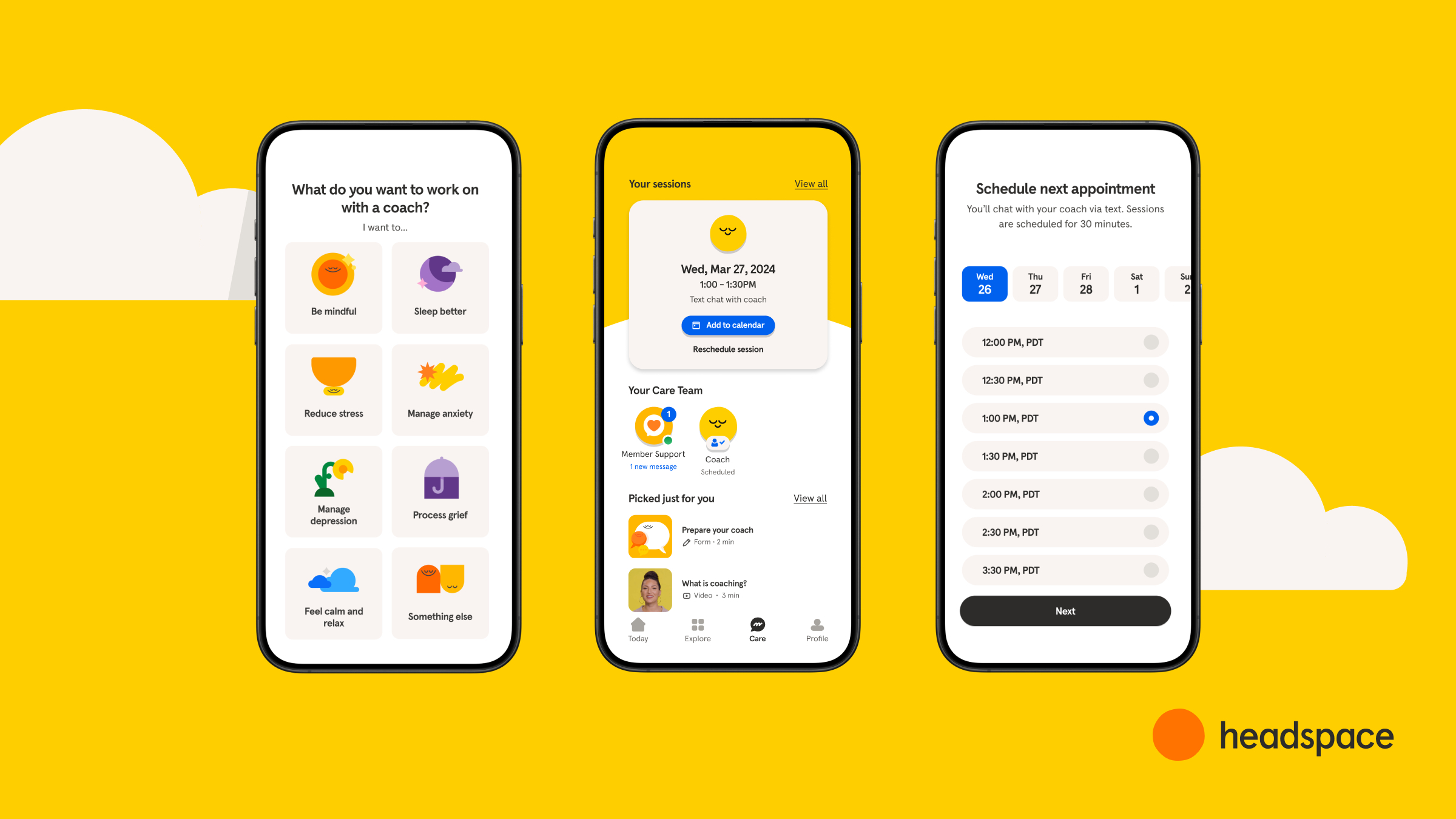WHOOP is lowering prices and teasing next-gen features.
What’s happening: The wearable maker is reducing prices for its 12- and 24-month memberships.
A one-year subscription will now be $239 (down $61) and a two-year commitment is $399 (down $81), while its pay-by-the-month cost will remain $30. Those who’ve already paid will have memberships extended pro rata.
This news comes ahead of planned rollouts for its 4.0 strap, including muscular strain, rep counting, new recovery metrics, and a stress-monitoring module developed with health expert Dr. Andrew Huberman.
Details, including timing, on forthcoming product features remain sparse.
The long run. The announcement follows two rounds of layoffs at the company, where CEO Will Ahmed vowed to prioritize members’ needs in moving the brand forward.
For context, WHOOP was one of the first wearables makers to introduce the subscription model — where the hardware is free but the service is not. As other companies followed, parity ensued.
Now, WHOOP is rewarding loyalty with lower prices, along with a lifetime warranty on batteries and cheaper replacement costs for lost devices ($50). This bucks a recent trend in the industry, as digital subscriptions like Strava and hardware makers like Tonal lift prices to shore up profitability.
WHOOP 4.1. In product, WHOOP is also returning to a familiar playbook: enticing members with features no other wearable has.
From its inception, the company’s HRV and recovery-centric scores set it apart, offering insight into cardiovascular strain. But, countless competitors like Apple, Oura, and Fitbit quickly added the feature too.
As strength training becomes America’s top workout, the strap’s muscular strain metric, along with rep-tracking and other workout features, might strike a chord. And as the mental health crisis persists, its cortisol-attuned breathwork courses with Huberman Labs are well-timed.
Takeaway: In letting its tech drive customer acquisition and retention, WHOOP is returning to its roots. But, with integrations with Hyperice, nutrition-tracking platform Cronometer, and allegedly more to come, it’s counting on the perceived value of innovation and interoperability being more defensible.
 WHOOP
WHOOP


